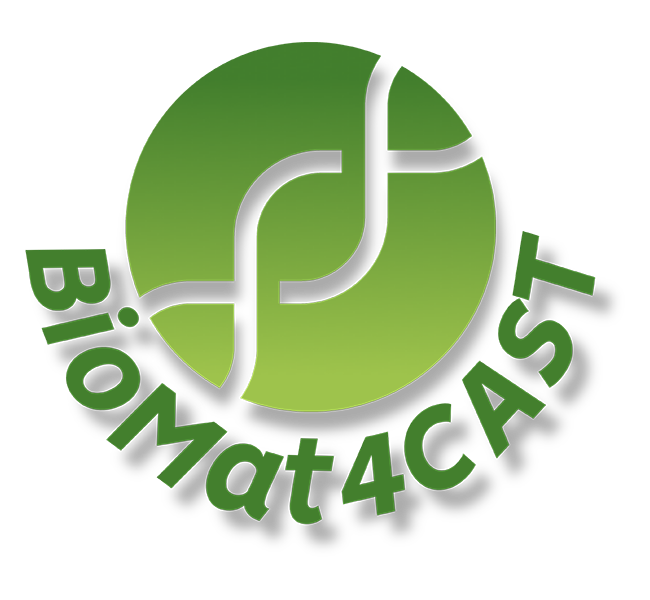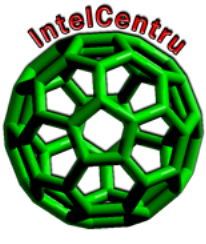| |
Scientific plan - Overview of the research projects in BioMat4CAST
RESEARCH PROJECTS
Project 1: Computer based investigations of smart molecular vectors for drug/gene delivery
1. Project Team leader
1. 1. BioMat4CAST Computing Team Members
Dr. Andrei Neamtu, Dr. Tudor Vasiliu, Dr. Dragos Lucian Isac, PhD student Razvan-Cristian Puf,
PhD student Narcis Iulian Cibotariu.
|
1. 2. Experimental Support for the Computational Team
Dr. Bogdan Florin Craciun, Dr. Mihaela Silion, Dr. Dragos Peptanariu, Dr. Adina Coroaba.
Group of prof. Lenuta Profire at the school of medicine and pharmacy Grigore T.Popa in Iasi. |
2. Objectives
| Training the computational team in using the proper modelling techniques to develop smart molecular vectors. Training the computational team and the team of experimentalist supporting them to properly combine the “in silico” and “wet” experiments. |
3. Project Organization
In this project we will tackle the first five steps in Figure 2, from the design of the carrier to the delivery inside the cell. Modelling and experiments are inter-dependent at several levels from synthesis to characterization and measurement of the performance of delivery system. Note, that the project details below are described first as in silico studies while later suggesting the corresponding experiments
We will focus our attention on:
• Carriers for drug delivery: such as polymers containing squalene as a hydrophobic component and polyethylene glycol as a hydrophilic component.
• Carriers for gene delivery: such as polymers based on peptide sequence of histidine, lysine, cysteine.
|
The vectors above are chosen only as examples to initiate the project, and others may be considered in the future.
In the following are described with some more details the steps
Step 1: Optimizing Polymer Material and Drug/Gene Packaging
• Focus on carriers for drug and gene delivery using specific polymers.
• In silico studies involve screening molecular and chemical spaces using databases and computational methods based both on quantum mechanical methods (QM) especially on the density functional theory (DFT) on force field (FF) based molecular dynamics simulations (MD) using both at the atomistic scale (AA) and with coarser particles constituted by group of atoms (CG).
• Experimental support includes polymer synthesis, loading, and characterization using nuclear magnetic resonance (NMR), Fourier transform infrared (FTIR) spectroscopy, high performance liquid chromatography HPLC, UV-Vis spectroscopy, and dynamic light scattering (DLS).
Step 2: Transport in Blood Flow to Target Cell
• Simulations of blood flow using the Large-scale Atomic/Molecular Massively Parallel Simulator (LAMMPS), focusing on the impact of the formation of Human Serum Albumin (HAS) corona and of the PEGylation on the carrier.
• Micro-fluidic systems can be used for experiments, with techniques like Magnetic Resonance imaging (MRI) and fluorescence imaging.
Step 3: Binding to Target Cell Membrane and Endosomal Uptake
• Emphasis on targeting cancer cells using the enhanced permeability and retention (EPR) effect.
• Simulation of cellular uptake via endocytosis using Dissipative Particle Dynamics (DPD).
• In vitro cell culture models and various microscopy techniques for experimental validation.
Step 4: Endosomal Escape
• Modeling challenges of escaping from the endosome
• Testing agents and mechanisms through MD simulations
• Experiments include fluorescence techniques, electron microscopy, and biochemical assays.
Step 5: Stimuli-Responsive Controlled Cargo Release
• Designing a vehicle to respond to internal stimuli, particularly in the tumor environment
• Computational simulations to evaluate stimuli-responses, focusing on hydrophilic and hydrophobic parts.
|
4. Instructors/trainers
| Prof. Leif Eriksson (Gothenburg University, Sweden) |
|
| Prof. Alexander Lyubartsev (Stockholm University, Sweden) |
|
| Prof. Florian Müller-Plathe (Technische Universität Darmstadt, Germany) |
|
|
1) Finding the polymer system, tuning its responses to specific internal conditions found in tumor cells and loading the drug inside the vehicle
2) Transport of the vehicle in the blood flow to the target
3) Binding of the vehicle to membrane of the cancer cell, followed by its endosomal uptake and translocation
4) Endosomal escape
5) Controlled release of the drug by stimuli
6) Degradation of the vehicle
|

|
Figure 2. Different steps in the development of smart molecular vectors for drug/gene delivery
|
|


